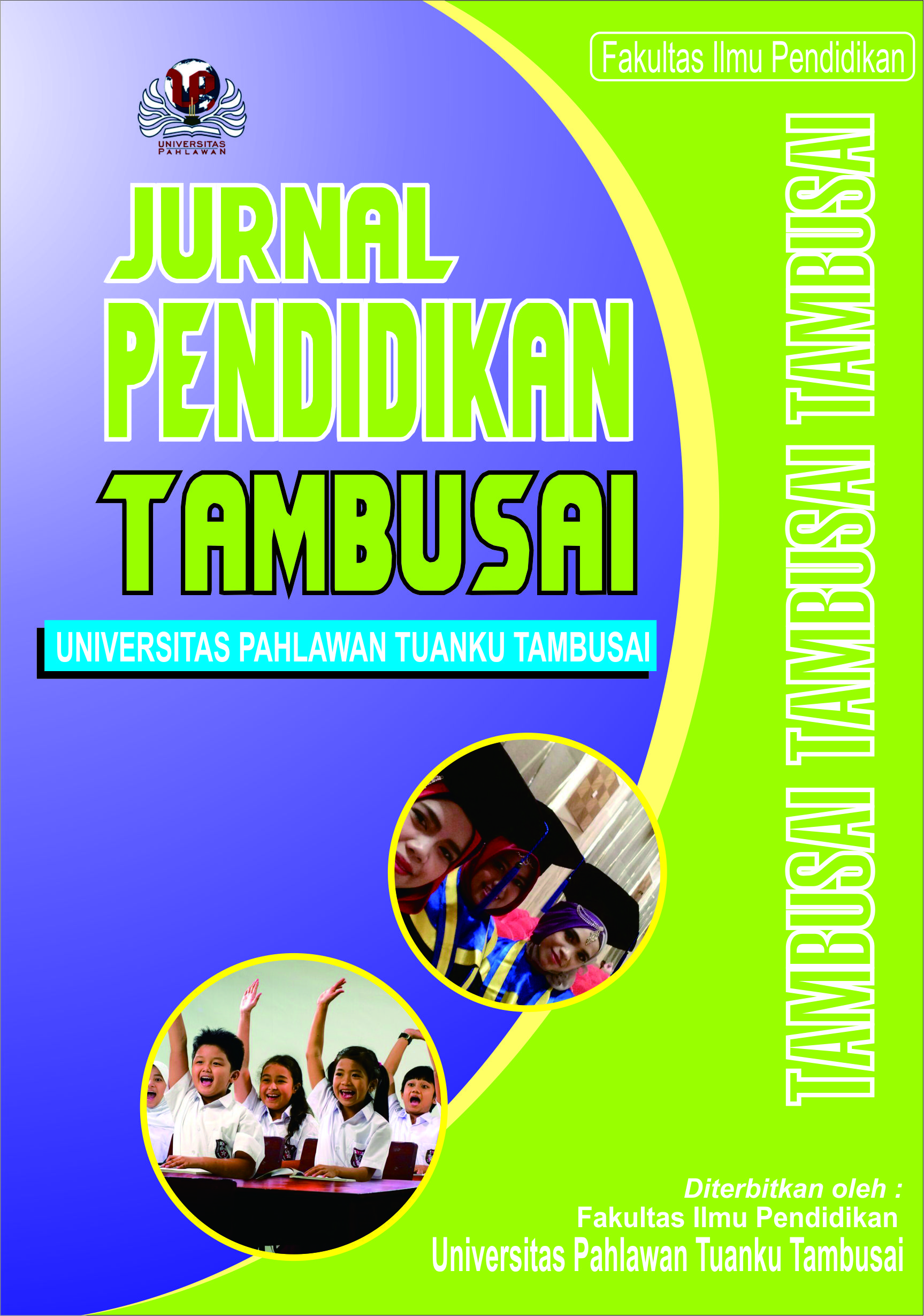Pewarna Kain (Napthol) Berwarna Merah sebagai Alternatif dari Carbol Fuchsin Pewarnaan Bakteri Tahan Asam Metode Ziehl Neelsen
Keywords:
Napthol, Carbol Fuchsin, Bakteri Tahan AsamAbstract
Bakteri adalah mikroorganisme bersel tunggal yang hanya dapat diamati dengan mikroskop setelah diberi pewarnaan khusus. Teknik pewarnaan seperti metode Ziehl-Neelsen penting untuk mengamati bakteri tahan asam (BTA), karena metode ini cepat, mudah, dan akurat. Metode : yang digunakan pada penelitian ini eksperimental, penelitian ini dilakukan di RSUD Wates Hasil : hasil dari penelitian ini dengan jumlah 24 preparat dengan 6 pengulangan didapatkan jumlah skor Hasil skor penilaian pewarnaan menunjukan hasil pada carbol fuchin 150, pada napthol 1 gram terdapat hasil 90 dan napthol 2 gram terdapat hasil 150. Hasil skor penilaian kebersihan didapatkan hasil pada Carbol Fuchin 150, napthol 1 gram 30 dan hasil pada napthol 2 gram terdapat hasil 30. Hasil dari persentase efektivitas pada data skor penilaian kebersihan pewarna napthol 1 gram terdapat hasil 60% dan pada pewarna napthol 2 gram terdapat nilai persentase 100 %. Hasil penelitian ini dari penilaian pewarnaan pada carbol fuchin dan napthol 2 gram ternilai efektif dan pada penilaian kebersihan napthol masih adanya endapan dan kristal, napthol 1 gram pada penilaian pewarnaan ternilai tidak efektif pada penilaian kebersihan pun masih terlihat endapan dan kristal. Simpulan : Pewarna kain (Napthol) berwarna merah berpotensi sebagai alternatif Carbol Fuchin tetapi belum bisa menjadi alternatif Carbol Fuchin. Pewarna kain (Napthol) berwarna merah memiliki tingkat warna merah yang cukup kuat.
Downloads
Published
How to Cite
Issue
Section
Citation Check
License
Copyright (c) 2024 Richa Nurafifah Irdhianti

This work is licensed under a Creative Commons Attribution-ShareAlike 4.0 International License.
Authors who publish with this journal agree to the following terms:
- Authors retain copyright and grant the journal right of first publication with the work simultaneously licensed under a Creative Commons Attribution License that allows others to share the work with an acknowledgement of the work’s authorship and initial publication in this journal.
- Authors are able to enter into separate, additional contractual arrangements for the non-exclusive distribution of the journal’s published version of the work (e.g., post it to an institutional repository or publish it in a book), with an acknowledgement of its initial publication in this journal.
- Authors are permitted and encouraged to post their work online (e.g., in institutional repositories or on their website) prior to and during the submission process, as it can lead to productive exchanges, as well as earlier and greater citation of published work (See The Effect of Open Access).



